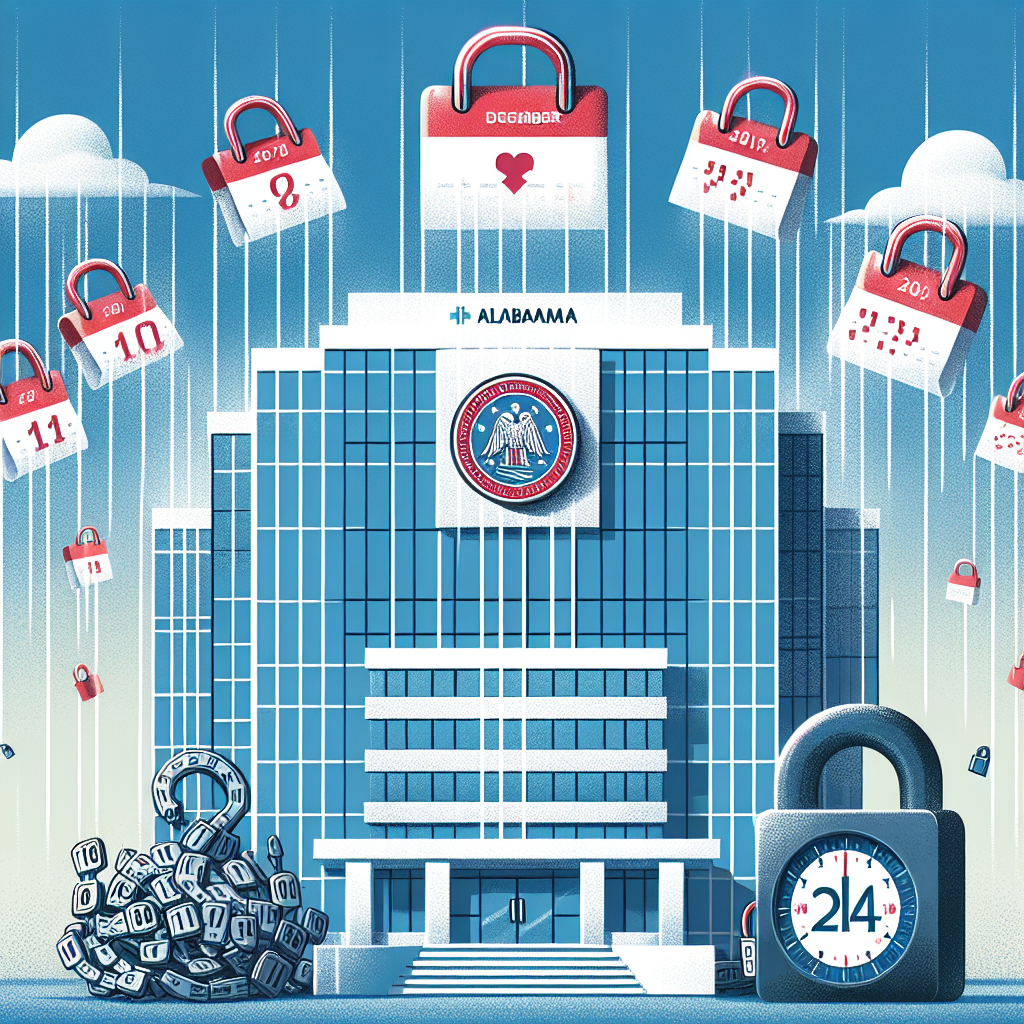A recent cyber incident at Bradford Health Systems in Alabama underscores the urgent need for robust cybersecurity measures and transparent breach notifications in the healthcare sector.
In December 2023, Bradford Health Systems, a provider known for addiction and recovery services, detected unusual activity within its network. The event set off a months-long investigation, involving third-party cybersecurity specialists, and ultimately led to the discovery of a significant data breach. The timeline and handling of the incident offer valuable lessons—and warnings—for organizations entrusted with sensitive data.
The Breach: What Happened?
On December 8, 2023, abnormal network activity was identified at Bradford Health Systems. Immediate investigation with cybersecurity experts revealed that files containing sensitive information had been accessed and potentially acquired by unauthorized parties. By May 15, 2025, it was determined that personal and protected health information of certain individuals was affected. Notification letters were sent to those impacted on May 30, 2025—nearly six months after initial detection.
Sensitive Information at Risk
The compromised data is especially concerning given the organization’s role in addiction and recovery services. Exposed information potentially included full names, driver’s license and passport numbers, dates of birth, medical records (diagnosis, treatment details, physician names), health insurance details, financial account and payment card numbers (including access means), and Social Security numbers.
Ransomware and the Dark Web
The situation escalated in early January 2024 when the Hunters International ransomware group claimed responsibility for the attack. The group encrypted files and exfiltrated more than 760 GB of sensitive personnel and patient data. Between January and February 2024, samples of this data were published on the group’s dark web leak site. While not all links to leaked data remain accessible, it is unclear how much information is still in criminal hands—or if it has been sold or further distributed.
Lessons from Bradford Health Systems' Data Breach
Communication and Response Concerns
The response to the incident reveals critical areas of concern in healthcare cybersecurity practices. Patients and employees were only formally notified in late May 2025, long after data had already been posted on the dark web. There was no earlier media notice or entry in public breach reporting tools. Additionally, the website notice did not mention complimentary mitigation services such as credit monitoring or identity protection. These shortcomings raise pressing questions about timely notification and support for those impacted by the breach.
The Impact of Healthcare Data Breaches
Healthcare organizations hold some of the most personal information imaginable. When this data is compromised, individuals may face privacy risks—including social stigma or discrimination—especially for those seeking addiction treatment. Exposed payment cards and financial account details create opportunities for fraudsters, while Social Security and identification numbers can enable identity theft for years to come.
Key Takeaways for Cybersecurity Professionals
The Bradford Health Systems breach exemplifies several essential points for organizations managing sensitive data. Rapid detection and containment are vital but must be matched by timely notification to affected individuals. Transparency is key to building trust—open communication about what happened, what’s at risk, and available support is essential for credibility. Proactive measures such as offering credit monitoring or identity theft protection should become standard after any healthcare breach. Dark web monitoring is also necessary to understand how stolen data may be used or traded.
For additional details on the incident, refer to this article.
Improving Healthcare Cybersecurity Response
In today’s evolving threat landscape, delayed communication and insufficient cybersecurity preparedness can have severe consequences. Healthcare providers must treat cybersecurity as a core component of patient safety and organizational integrity.
As cyberattacks against healthcare providers continue to rise, organizations must prioritize not just defense and detection, but also prompt response and support for those affected by breaches. This includes implementing clear notification protocols, ensuring transparency throughout incident management, and providing accessible assistance for victims.
Healthcare leaders should continuously review their cybersecurity strategies, conduct regular risk assessments, and invest in employee training to minimize vulnerabilities. Adopting a proactive stance can help mitigate the damage from inevitable threats.
Ultimately, safeguarding patient data is inseparable from upholding patient trust—and the reputational health of any medical organization depends on both.
Stay safe—and stay vigilant.









Leave a Comment